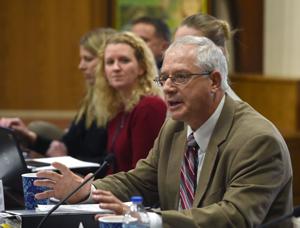
Every challenge we face presents a choice: to be part of the problem or part of the solution. Often, we avoid this question because it’s easier to point out what’s wrong than to take action to fix it. Yet, our response to problems reflects our character, values and priorities.
Being part of the problem isn’t always intentional. It can stem from inaction, misplaced priorities, or a refusal to look beyond immediate frustrations. How often do we criticize instead of contribute, or complain rather than collaborate? It’s tempting to step back, assign blame and wait for someone else to step up.

But ask yourself: does this attitude help anyone? Being part of the solution starts with ownership. It begins by asking, What can I do to make this better? In business, it might mean addressing declining sales through creativity and strategy instead of blaming external factors like the economy or competition. In relationships, it could mean opening a difficult conversation with a loved one instead of harboring resentment.
Solutions don’t arise from inaction — they require commitment and effort. I live by the principle of treating every unresolved issue as an “open loop” that must be closed with urgency. This mindset transforms complacency into action.
Are you offering optimism and solutions, or are you amplifying negativity? Problems may test your patience, but they’re also opportunities for innovation, collaboration and personal growth. Shifting your mindset from “Why me?” to “What’s the first best step I could take to move this matter forward?” not only accelerates solutions but inspires those around you to do the same. I recently moderated a panel discussion among entrepreneurs focused on business challenges.
A common sentiment was frustration with the government, often viewed as an obstacle rather than a partner. While this criticism may hold merit, the more pressing question is: what are we doing to move forward? Are we working smarter, mastering our craft and leveraging technology to improve efficiency and employee well-being? Focusing on what we can control makes us part of the solution, regardless of external challenges. Solutions don’t always require grand gestures.
Often, they’re found in small, consistent actions — listening more, communicating clearly, or stepping in without being asked. In a family business, for example, it might mean quietly addressing gaps, focusing on weak areas and offering support without seeking recognition. Ultimately, we all leave a mark on the situations we encounter.
The question is: does your presence lighten the load, or does it add to the burden? The next time you face a challenge, pause and reflect: Am I part of the problem, or am I part of the solution? Your answer can make all the difference in the world..















